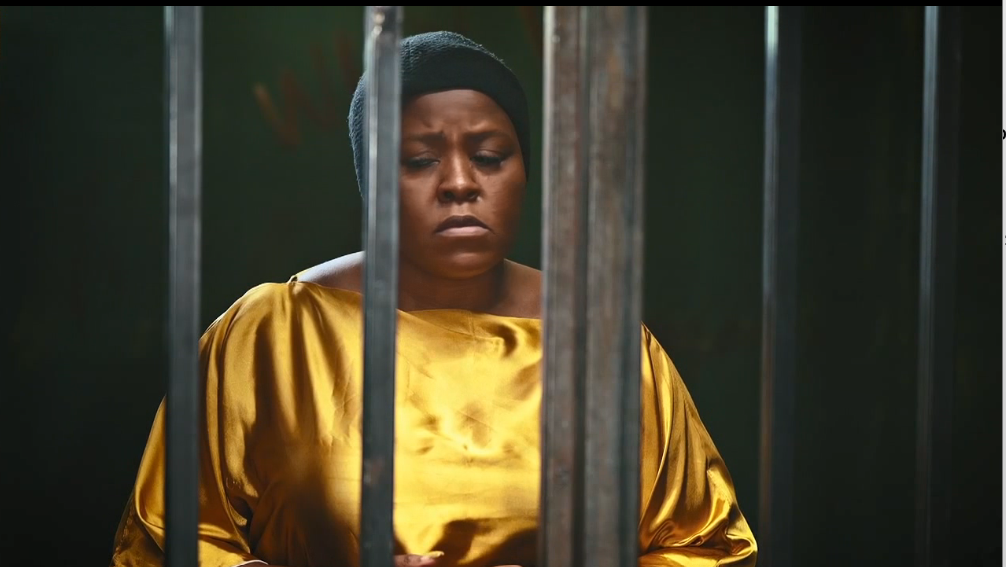How Fake Phone Accessories Damage Your Device: Risks and Safe Buying Tips in Kenya (2025)
Fake phone accessories—chargers, earphones, cables, cases, and power banks—flood Kenya’s markets, from Nairobi’s Luthuli Avenue to online platforms. While tempting due to low prices (often KSh 500-2,000 vs genuine KSh 2,000-5,000+), counterfeits pose serious risks: device damage, reduced lifespan, safety hazards, and data loss. The Anti-Counterfeit Authority (ACA) frequently seizes millions worth of fake chargers and earphones, yet they persist.
This article explains how fakes harm phones, common damages, and practical tips for buying originals in Kenya.
How Fake Accessories Damage Phones
Counterfeits use substandard materials, skipping safety standards—leading to electrical issues, mechanical wear, and health risks.
1. Chargers and Cables: The Biggest Threat
Fakes lack proper voltage regulation, fuses, or insulation.
- Overheating & Battery Swelling → Unstable power causes excess heat, degrading/deforming batteries (swollen packs explode).
- Motherboard/Port Damage → Spikes fry chips (e.g., iPhone Tristar) or burn ports—repairs KSh 5,000-20,000+.
- Fire/Electric Shock → Poor wiring sparks/fires; no flame-retardant plastic.
- Slow/Degraded Charging → Inconsistent output reduces battery lifespan 50%+ faster.
Kenyan cases: Fake Samsung/Apple chargers seized worth millions—cause swollen batteries/overheating.
2. Earphones and Headsets
Poor drivers/wiring harm audio ports and hearing.
- Port Damage → Loose pins scratch/bend USB-C/Lightning ports.
- Hearing Risks → Uneven drivers distort sound, pushing unsafe volumes.
- Short Lifespan → Break quickly, wasting money.
3. Cases and Screen Protectors
Cheap materials trap heat/scratch screens.
- Overheating → Poor ventilation blocks airflow.
- Screen Damage → Low-quality protectors bubble/scratch displays.
4. Power Banks (Bonus Risk)
Overstated capacity/overheating—explode or damage phones.
Overall: Fakes void warranties, cost more long-term (repairs > original price).
Tips for Buying Original Accessories in Kenya
Spot fakes and shop safely—ACA warns against street vendors.
Spotting Fakes
- Packaging → Genuine: High-quality print, no misspellings, holograms/seals. Fake: Blurry, poor fonts.
- Build Quality → Genuine: Solid weight, smooth finish. Fake: Lightweight, rough edges.
- Price Too Low → Unrealistic deals = red flag.
- Certifications → Look for MFi (Apple), genuine markings.
- Test → Charges normally? No excess heat?
Safe Buying Tips
- Trusted Sellers → Authorized: Samsung/Safaricom shops, Carlcare (Tecno/Infinix), Apple resellers. Online: Jumia verified, PhonePlace Kenya, Avechi (COD/warranties).
- Brand Stores → Official for Samsung/Apple/Huawei.
- Warranty → Genuine offer 6-12 months.
- Avoid → Street vendors, unverified Jiji/Facebook.
In Kenya, fakes rampant in downtown Nairobi—ACA raids confirm.
Final Advice
Fake accessories save short-term but cost dearly—damaged phones (KSh 10,000+ repairs), safety risks. Invest originals: Longer life, peace of mind.
Prioritize authorized sellers—your phone deserves protection. Stay safe!
NEXT ON LULU MAISHA MAGIC PLUS SEASON 1 EPISODE 169 WEDNESDAY DECEMBER 24TH 2025 FULL EPISODE








You must be logged in to post a comment.